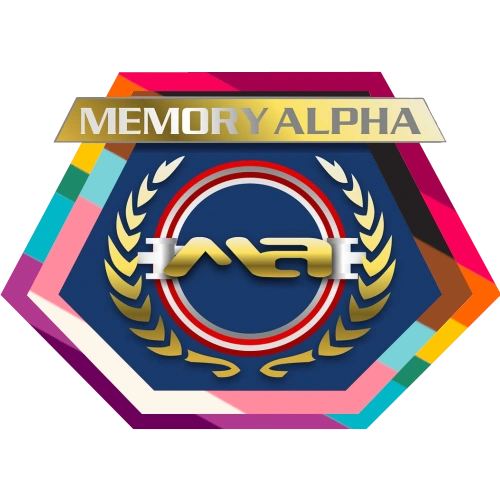I'm not sure why anyone wouldn't assume that those ten ships were at that starbase because they were all undergoing repairs, because, as was mentioned above, that's what the story was about. I mean, what else would that chart be indicating?
"STAR SHIP STATUS", but we don't know what that means. We do know there was an unusual concentration of Constitutions on it . . . no less than six, demonstrated canonically:
NCC-1631 Intrepid
NCC-1664 Excalibur
NCC-1672 Exeter
NCC-1700
NCC-1701 Enterprise
NCC-1709 Lexington
We also know that, within five years of this date, Entente 2120 existed right alongside Revere 595 and Columbia 621. We also know from this same episode that Republic 1371 was flying around perhaps 15 years ago.
How very odd, then, that this chart only shows 1631-1718? It would be strange to have a specific generation of ships all in one spot like this.
Hmm, why would Stone use a chart showing starships spread throughout the galaxy to determine which maintenance section is to be assigned to the Enterprise? Because the scene shows that he is consulting a chart of assets under his care in order to make a choice.
That's supposition unsupported by the chart and the Jein/Okuda conclusion that has been canonized . . . on that chart, Intrepid 1631 is at 100%, plus an extra simonize, apparently.
Well I've always assumed—and I believe rightfully so—that the chart was supposed to be some window dressing to make Starbase 11 seem real. Dialog mentions repair work, and "NCC 1701" is on the chart. So, it's not an unwarranted leap to think that the chart exists primarily, exclusively really, to support what the story's about, which is that the Enterprise is under repair.
Except it does that so badly that another explanation is needed.
It presents multiple starships besides Intrepid 1631 as near the Enterprise initial status (Lexington 1709, Exeter 1672, Excalibur 1664), yet we're supposed to believe that the everyone's life was in danger and the Enterprise was in danger of destruction later because of orbital decay, as if no other vessel was available just to circle around and get a tractor beam on her, beam folks off, et cetera.
The court martial board also involved folks shipped in from elsewhere, including two starship captains, but this chart and this chart alone suggests more captains available . . . again, provided one assumes it is a base repair chart. No one would need to be shipped in.
It's basically a maxim that things don't exist in theater unless it relates to the story (for example, see Chekhov's Gun, the original meaning).
There's a list of starships and mission assignments behind Data in "The Measure of a Man"(TNG2).
Wouldn't it make more sense to stagger the repairs so that you don't have the bulk of your most advanced ships in one place and vulnerable to enemy attack?
Re: "most advanced", the two ships that we see are both probably twenty years old . . . around three years later the Enterprise was heavily reworked to the point that some aren't even sure it's the same ship.
I think it is a very good guess that Chartpack or Letraset press on type was used to approximate the type of USAF-ish hull font used on the 11-foot and 3-foot models.
Thank you.
I am still a bit bewildered however, at the thought of Richard Datin and Matt Jefferies just saying, screw it- It has to look different so put a non-sensical number on it.
But was it nonsense if Republic 1371 was running around 0-4 years before our Pike flashback from "The Menagerie"?
Indeed, we may have a chronology problem. Jefferies has suggested the "17th" idea as his original notion after picking the number for readability (cough better typeface cough), noting the legend of his plane NC-17740 that appeared, also, but do we have any evidence that this plan was held onto -- or even conveyed to the others involved in the production in a memorable way -- versus being given up at some point?
That no one seemed to follow it, perhaps including Jefferies himself, seems to support the possibility that it wasn't . . . and, if not, then I don't know that we need to get too hung up about it. Many hands go into making a universe like Star Trek's, with TOS built by Roddenberry and the writers, NBC and the bean counters, Shatner and the actors, directors and crew, Guzman and Jefferies, AMT's shuttle input, and all the craftsmen I'm leaving out who actually built the things, from Datin and Chang on down.
Star Trek is the creation of all of the input from its many creators, but not all of the input from any one of them. At some point, they all had ideas about how things worked and what they were for (if even GNDN), as any of a hundred actor back story ideas for the characters they play that never get presented can attest. That an idea existed but maybe didn't get conveyed or didn't even get maintained by the person who came up with it is, alas, par for the course for such productions.
Just sayin'.





